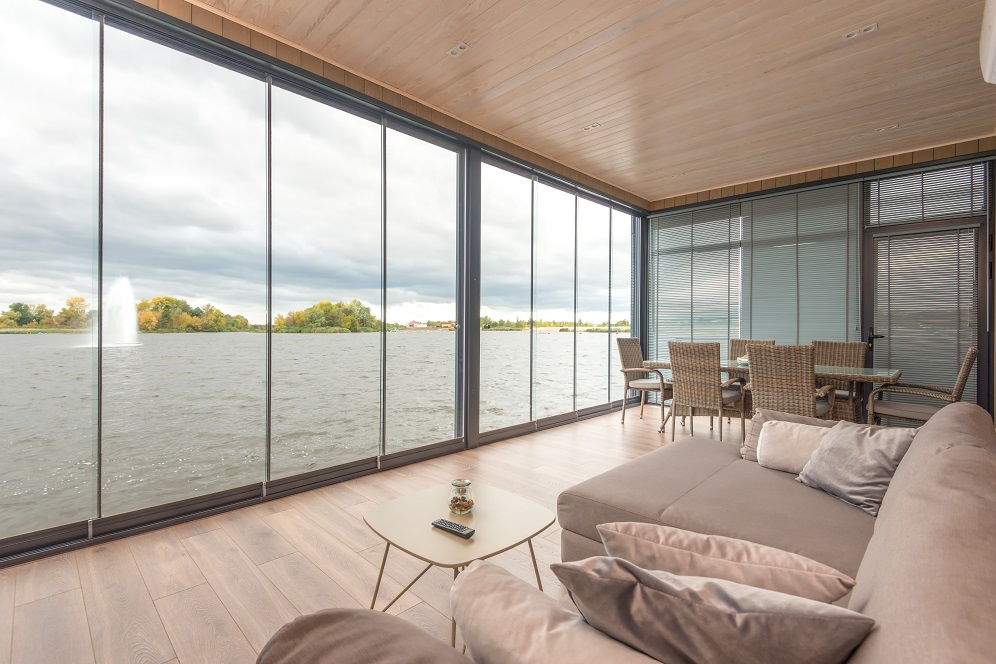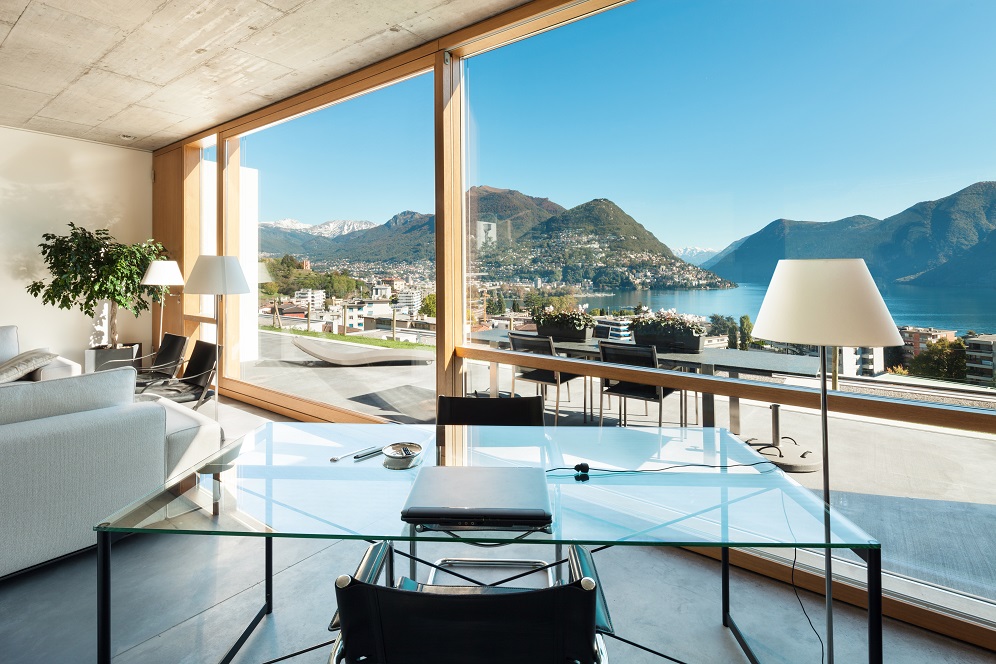The impact of fenestration systems on the architectural expression
Text: Mr Nitin Mehta, Executive Director, ALCOI India Pvt. Ltd., Panchkula
Any built space’s architectural expression results from the designer’s vision and response to the project’s requirements. While these spaces are designed according to the client’s brief, they must remain responsive to local climatic conditions and other site-specific factors. The architectural style characterises the architect’s language as well, along with individual elements that comprise the space.
Fenestrations remain a major element that brings character to the façade, complementing the architect and client’s visions as well. The choice of fenestrations greatly impacts the space’s expression, such as determining the opening’s size, number and shape in a layout. It affects the window-to-wall ratio on the outer façade, which changes as per the site’s requirement and orientation. These punctures also impact the building’s airflow, light and ventilation.
For example, one designs the western façade with a lower window-to-wall ratio to regulate the sun’s glare on the west – with fewer openings or larger wall elements. On the other hand, this ratio is higher on the northern and eastern facades in the Indian climate. This illuminates the home with natural light without increasing the heat quotient during the summer months. These respond to the site topography, light, natural airflow, cross-ventilation and soundproofing as well.
Fenestration systems complementing the project’s aesthetics and functional requirements elevate its architectural expression. Traditional jaali walls and openings with intricate shutters and grills are used in hot climates, which lower the air temperature inside the house for thermal comfort. Similarly, ventilated facades and openings with smaller punctures are used in modern designs. Moreover, recessed and projected windows, balconies and solar-shading devices respond to local weather conditions.
Due to advanced technology, the fenestration materials and colours impact the design as well. The choice of glass and energy-efficiency of the chosen system affects the space’s functionality, which is why architects must emphasise sustainable, recyclable and environmentally-friendly materials for longevity and durability. Other factors impact the user experience such as thermal comfort, light and absorption of outdoor noise.









